Breakfast is undoubtedly the most important meal of the day. After almost 10 -12 hours of fasting as that is the time you had your last meal it’s crucial to eat something substantial and healthy for breakfast. But unfortunately, it is mostly the most rushed and neglected meal as well owing to our rushed lifestyles. That’s where food manufacturers took the clue and came up with a fantastic solution by offering the consumer “BREAKFAST CEREAL”
All About Breakfast Cereal
Breakfast cereals whether cold or hot are a hot favourite among people these days for some very basic reasons:
- Time Crunch
- The health benefits they claim
- Ease of availability
Let’s broadly categorize the breakfast cereals as hot and cold. The hot market is mainly consisting of oats and broken wheat.
The cold market has a number of options like wheat flakes, corn flakes, muesli, granola etc.
Predominantly cold breakfast cereals have always had an upper hand shear because of the ease of pouring the cereal in a bowl and topping it up with milk versus slight cooking as in the case of porridges and oat -meal.
Where the cold cereals are normally processed and made ready to eat by addition of other ingredients like nuts, sweeteners, sodium etc. a hot cereal is a whole grain processed just to the point of removing impurities, toasted and hulled making it a healthier choice if prepared without adding any extra sugar.
Oats, broken wheat are completely natural, unprocessed and 100% good for you. There are various types of oats that are available in the market and most common of the lot are Steel cut oats and Quick cooking oats. A regular bowl of oats can be made healthier by adding nuts, berries and some grated apple by completely eliminating any added sugar.
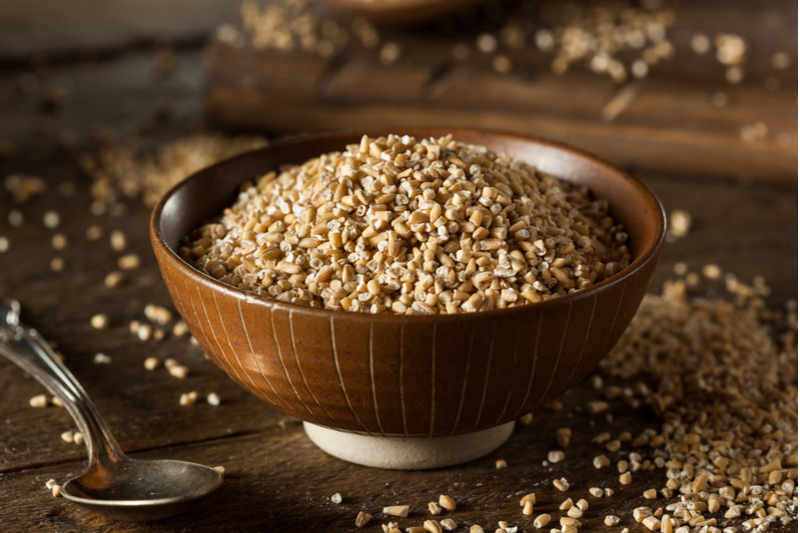
Muesli has oats and nuts so is it healthier than oats?
Oats, nuts and berries definitely make it a healthier contender but the very fact that most of the time it is loaded with sugar or artificial sweeteners and oil in order to make it crispy negates all the goodness.
1. Focus on Fibre:
Breakfast cereal are top contenders for fibre rich foods through the day and compete well with fruits, vegetables, salads etc. It’s quite easy to get a fibre boost if you choose your cereal well. Apart from an array of digestive benefits that fibre offers, soluble fibres have shown to cut down the risk of diabetes and cardiovascular diseases. Oats are a very rich source of soluble fibres and probably that’s why every time you visit your nutritionist the word OATS gives you the feeling of deja vu.
Tip: To help reach the recommended 30g of fibre each day choose a cereal that provides at least 7g per 100g.
2. Woo Whole foods:
Whole foods by nature will be high in fibre and other nutrients as it undergoes minimal processing. For example, Oats are by default whole in nature as they are made straight from the grain. Steel-cut oats refer to oats that undergo minimal processing; farmers simply cut groats, or grain kernels, into small pieces to produce these oats, while quick or rolled oats undergo a treatment involving steaming and flattening the oats but still the nutrients remain intact.
Tip: Read the label carefully and make sure your cereal is made of whole grains. The ingredients are always in descending order of weight when listed on a label.
3. Leave the sweets for desserts:
Choose your cereal in such a way that it has no or minimal sugars added to it and no artificial sweeteners. Pay attention to the following terms even if the pack says no sugar added. Dextrose, Glucose Syrup, Fructose, Corn Syrup, Honey, Sugar, Fruit Juice Concentrates, Maltodextrin, Saccharin, Aspartame, Acesulfame-K, Sucralose, Sorbitol, Mannitol, Xylitol, Isomalt (Palatinit), Glycerol, Maltitol are all some form of sweeteners. Thumb Rule is if you can’t pronounce it don’t eat it.
Tip: Choose a cereal which is whole and unprocessed like oats and prepare it the way you like it.
4. Slow down on Sodium:
Roughly 75% of the salt in our diets comes from processed foods. The irony of most processed and packed foods is that it has deceptive levels of sodium in it. The masking flavors are so dominant that the consumer doesn’t even realise the amount of sodium he is taking in. Steer clear from processed cereals as far as possible and opt for the cereal that has undergone the least treatment.
Tip: Read the label carefully to see the sodium content per serving.
5. Pump up the Protein:
Pumping up the breakfast with protein along with fibre will give you enough fuel to keep you active and satiated for quite some time.
Tip: Don’t forget to compare the labels when buying your favourite breakfast cereals, also keeping in mind the calorie, sodium and sugar per serving it delivers for the same weight.
A quick recipe for the cold cereal lovers
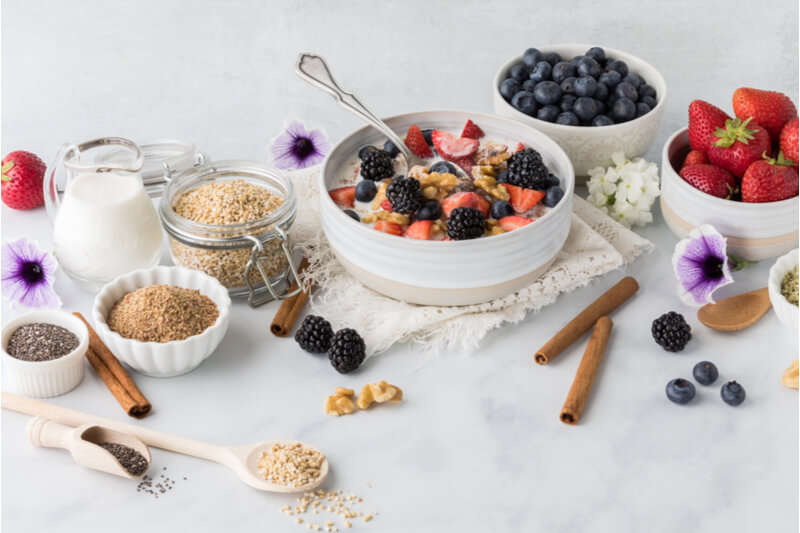
Overnight soaked oats with apple and cinnamon
Ingredients:
- Oats steel cut or quick cooking: 3-4 tbsp
- Soy milk/ nut milk/ milk/yogurt (enough to soak the oats and more): 200ml
- Flax seeds: 1 tbsp
- Chia seeds: 1 tbsp
- Cinnamon powder: 1 pinch
- Coarsely grated apple or any fruit of your choice like strawberry, banana etc.: ½ cup
Throw everything in a jar and close the lid. Shake well.
Keep in the refrigerator overnight. Top it up with your favorite nuts for that extra boost and crunch. Enjoy.
Tip: If you find the consistency too thick, add a dash of the milk used for the base.
Eat clean, live healthy. For more fitness or nutrition related advice, visit Activ Living.
Popular Searches
Indian Food for High Blood Pressure | Healthy Chicken Recipes to Lose Belly Fat | Fatty Liver | Barley Recipes to Lower Cholesterol | Indian Food for Upset Stomach | Unhealthy Food | Is Chana Dal Good for Diabetes | Is Modak Healthy | Low Fibre Indian Food | Indian Breakfast for Cholesterol Patients | Why are Bananas Bad for High Blood Pressure | Indian Food to Avoid in Diabetes | Ragi Benefits | Easy to Digest Indian Breakfast | Alkaline Foods List in India | How to Make Protein Shake at Home for Weight Loss





 1800-270-7000
1800-270-7000

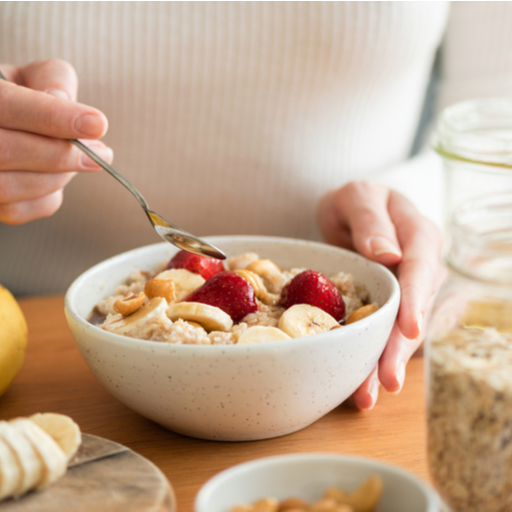


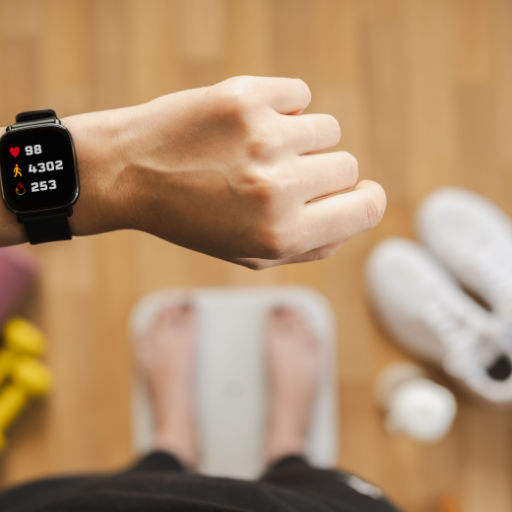



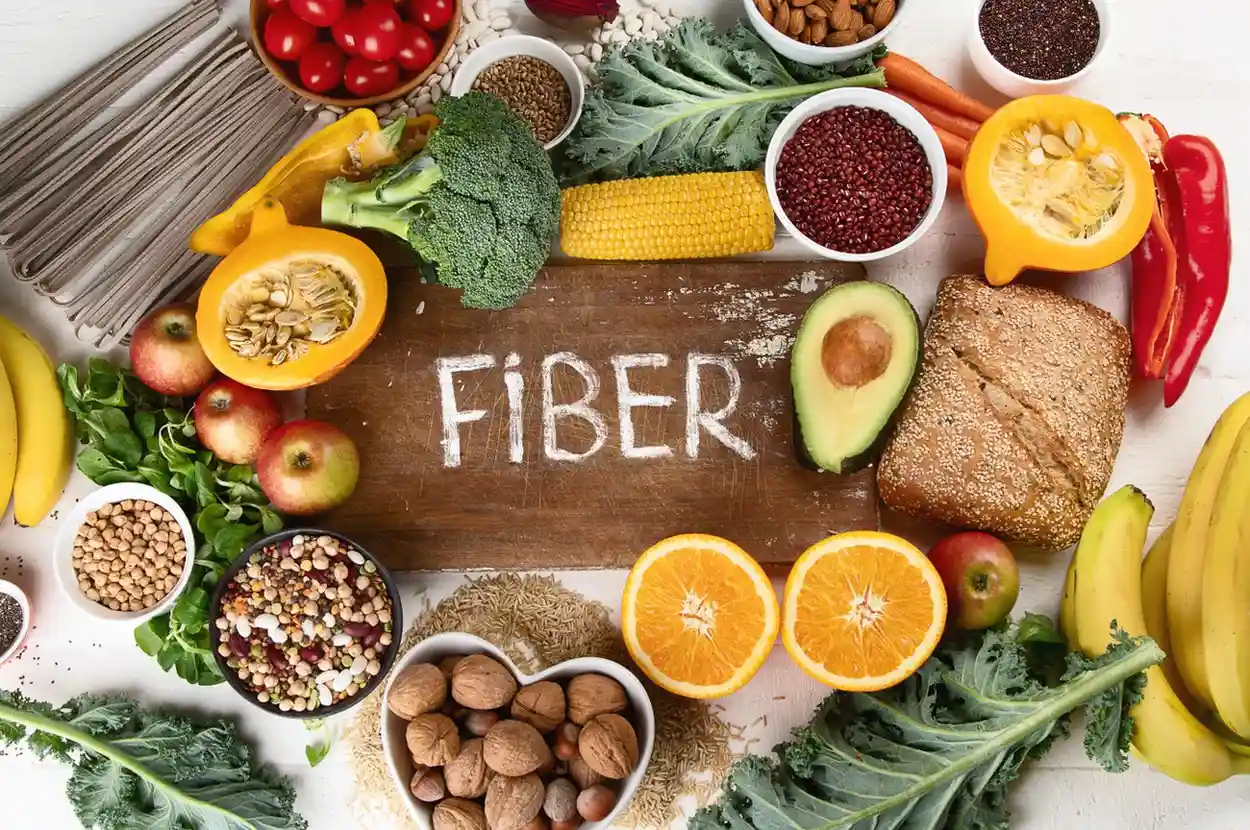
I am 60+ . Please let me know what to take in break fast clearly in quantity. Tq
Very good consultant.